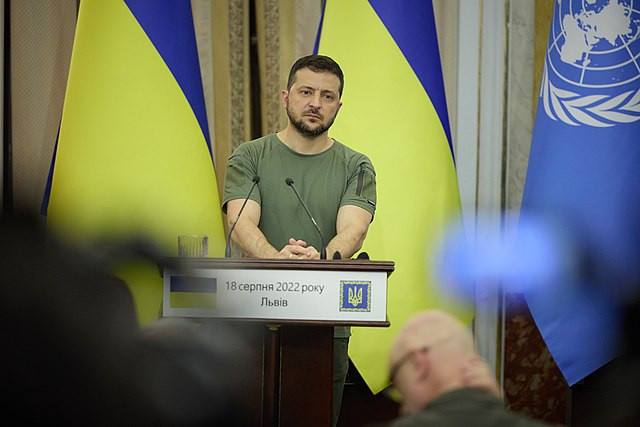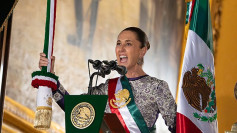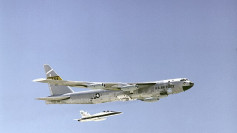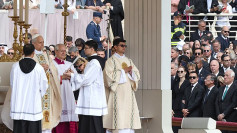Ukraine and Sweden have signed a landmark agreement paving the way for Kyiv to purchase as many as 150 state-of-the-art Saab Gripen-E fighter jets, a move that could dramatically transform Ukraine's air power and deepen its integration with NATO's defense structure.
The letter of understanding, signed Wednesday by Ukrainian President Volodymyr Zelensky and Swedish Prime Minister Ulf Kristersson at Saab's factory in Linköping, establishes the framework for what officials described as a long-term strategic partnership. The deal marks the first time a NATO member has offered to supply Ukraine with a full fleet of advanced fighter aircraft rather than limited donations of older models.
"This is the beginning of a long journey, but it takes us one step closer to a major export deal for Saab and Sweden and Ukraine," Kristersson said. "A strong Ukraine with a strong defense is the best long-term protection - not just for Ukraine, but for all of Europe. Control of airspace is crucial."
While the final details on costs, financing, and delivery schedules have yet to be finalized, Zelensky emphasized the deal's strategic significance. "We are opening an entirely new and truly meaningful chapter in our relations - relations between Ukraine and Sweden, and more broadly, overall security relations in Europe," he said in a post on X. "These are very cool planes, powerful aviation platforms that allow for performing a wide range of tasks."
Under the preliminary framework, Ukraine could acquire between 100 and 150 Gripen-E fighters over the next decade. Production at Saab is ramping up, and initial deliveries are expected to take place within three years, though Zelensky told reporters in Sweden that Kyiv hopes to begin operating some aircraft next year. "For our army, Gripens are a priority," he said, according to Reuters.
Sweden, which joined NATO in 2024 following decades of neutrality, views the agreement as both an industrial and geopolitical milestone. The Gripen-E represents the latest generation of the Swedish-built aircraft-featuring enhanced radar, communications, and electronic warfare capabilities. Saab describes it as a "game changer" capable of networked combat, with artificial intelligence systems that enable jets to share sensor data and coordinate missile launches.
Gripen-E jets are designed for flexibility in austere environments, able to take off from short runways or even roads. The Swedish Armed Forces said the E variant "in many respects a new aircraft type" due to its upgraded engine, avionics, and weapons systems. Each fighter includes 10 hardpoints for air-to-air and air-to-ground munitions.
The Gripen will complement Ukraine's expanding fleet, which currently relies on Soviet-era aircraft and a limited number of Western F-16s and Mirage jets. Ukrainian pilots have already trained on older Gripen models and simulators, which could speed integration. Observers say Kyiv may initially receive older Gripen versions while awaiting delivery of the E model.
Kristersson noted that Sweden has not ruled out sending surplus Gripens "here and now" to meet Ukraine's immediate needs. "That assessment can change, but right now we are focused on the radar reconnaissance aircraft," he said, referring to the ASC 890 systems Sweden has already supplied to assist Ukraine's F-16 operations.
Stockholm has provided roughly 90 billion kronor ($8.4 billion) in aid to Kyiv since 2022, and its 2026 budget proposal increases military support to 40 billion kronor per year through 2027.






